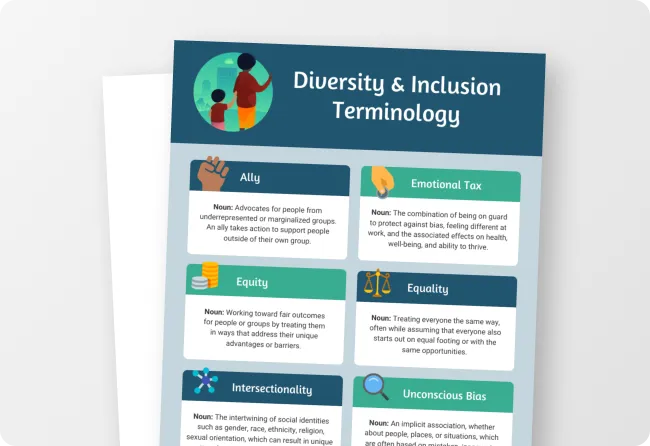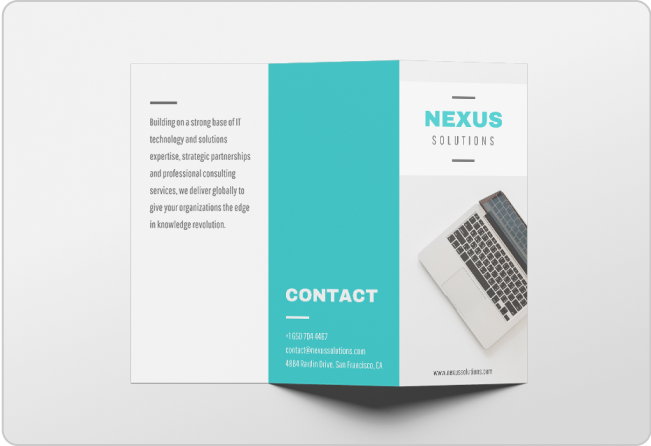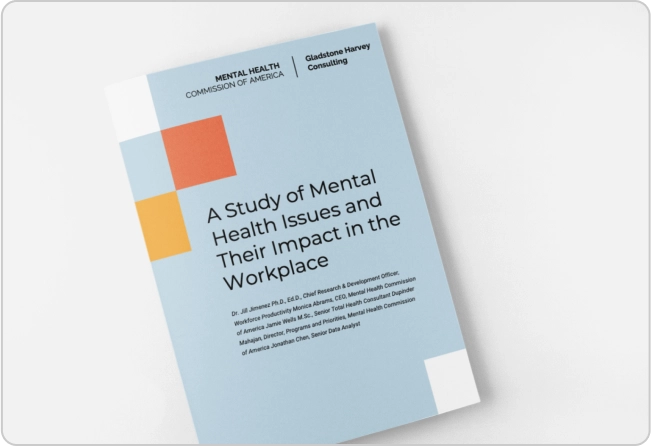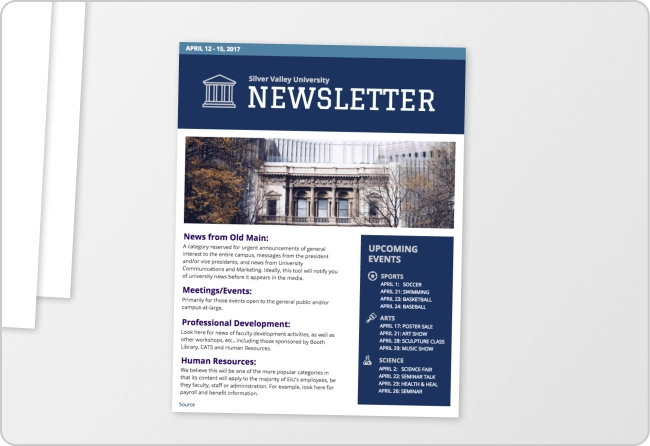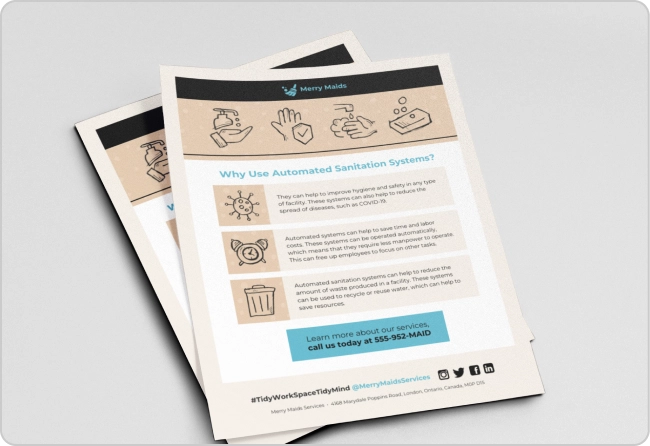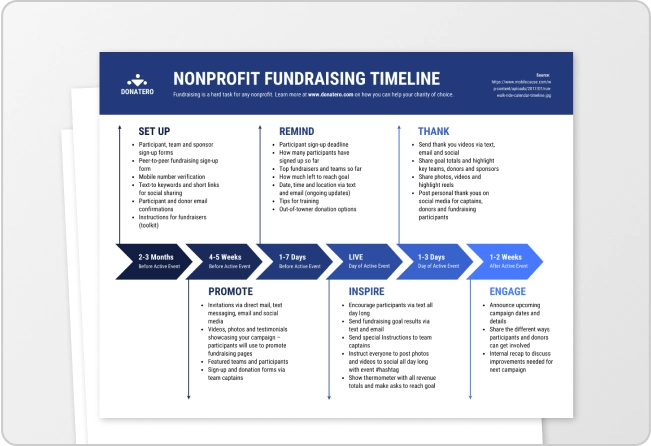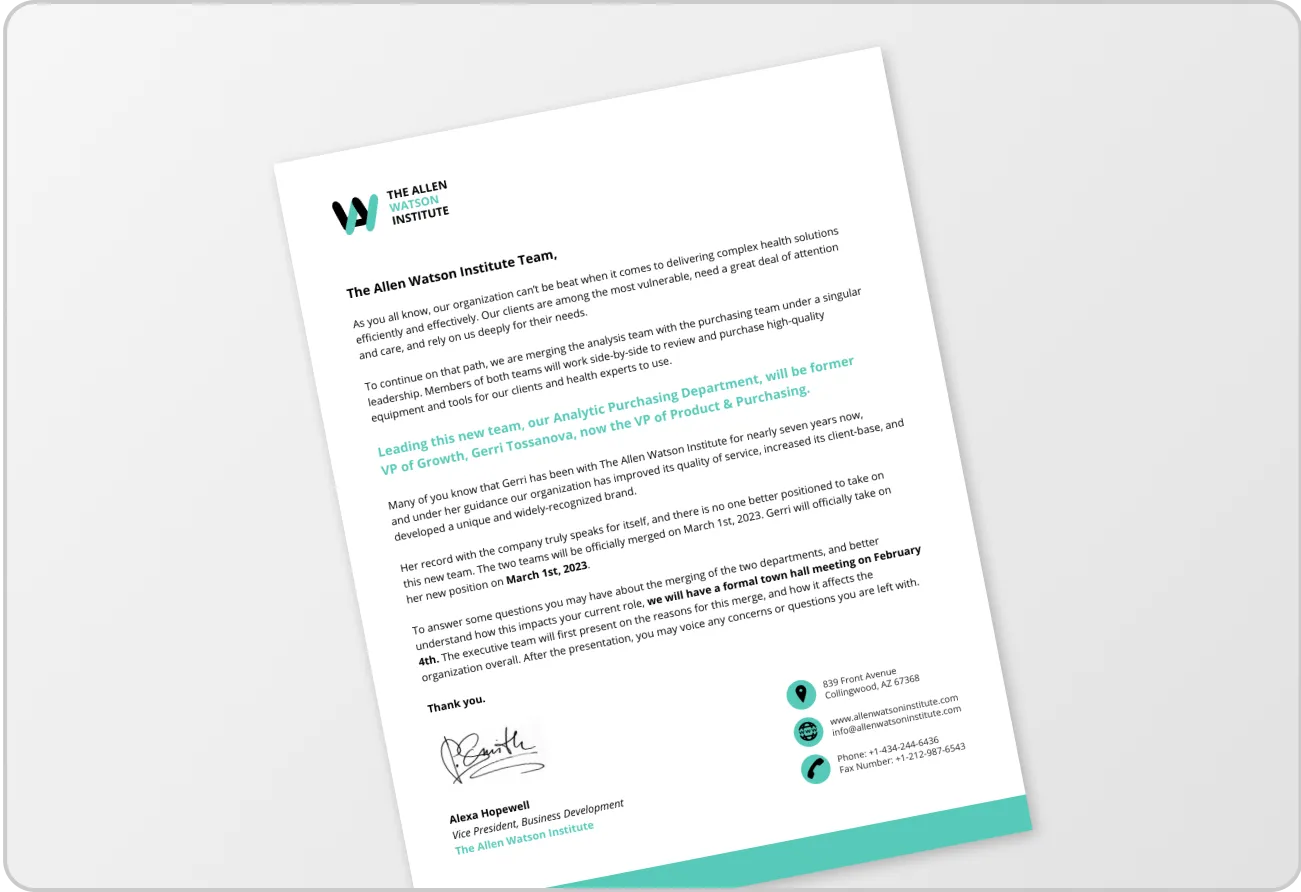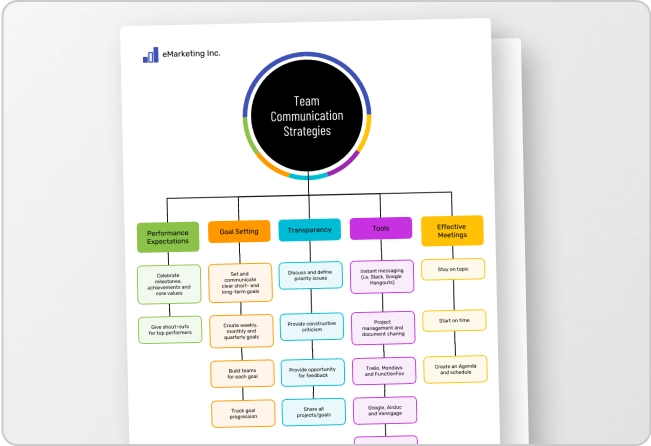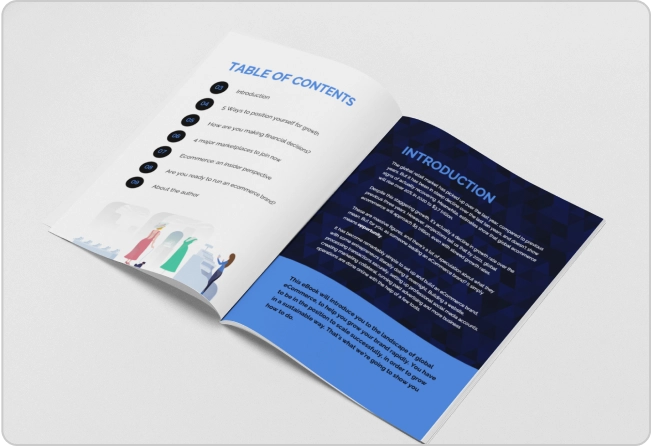
Digital accessibility in universities remains a significant challenge. According to a survey by Concept 3D, 50% of college students and 65% of higher-ed professionals have a disability or know someone with a disability. Despite this, 1 out of 2 college students believe that their university discusses accessibility but fails to act, resulting in unintentional discrimination.
To address this, the Americans with Disabilities Act (ADA) mandates specific guidelines for higher education institutions to ensure equitable access for all students. It’s important for accessibility compliance officers, faculty members, and instructional designers to understand and implement and implement these guidelines.
How does ADA apply to universities and schools?
The ADA ensures that universities and schools, both public and private, provide equal access to educational services and facilities for individuals with disabilities, covering physical accessibility and digital content. The ADA compliance in higher education falls into two categories:
- For public universities and colleges: ADA Title II
- For private schools and colleges that receive Federal funding: ADA Title III
Let’s see the requirements under both Title II and Title III of ADA.
Compliance requirements under ADA Title II
According to the ADA Title II, all public institutions, including public universities and schools, should provide equal opportunities to people with disabilities to access programs, services, benefits and facilities.
Earlier, there was ambiguity on how to ensure equal opportunity. In 2018, the Department of Justice (DOJ) released an official statement specifying that “Public accommodations have flexibility in how to comply with the ADA’s general requirements of nondiscrimination and effective communication.” There were no technical accessibility requirements as per law.
However, in 2024, the DOJ passed a new rule to ADA Title II that makes it mandatory for all public universities, colleges and other public institutions to follow technical standards for web accessibility for website content and mobile apps — the WCAG 2.1 Level AA.
The major requirements under ADA standards for accessible design include:
- Captions for all live audio content: Live audio, such as virtual lectures or online discussions, should be accessible to students with hearing impairments. For example, a live-streamed university webinar should include real-time captions.
- Audio descriptions for all pre-recorded video content: Pre-recorded videos used in courses must include audio descriptions of key visual information. For instance, an educational video on biology that shows diagrams or experiments should have descriptions for visually impaired students.
- Multiple display orientations for content: Content must be accessible in both portrait and landscape modes, ensuring flexibility on different devices. For example, an online course page should allow the option to view it on a tablet in portrait mode or a laptop in landscape mode.
- Contrast ratio of at least 4.5:1 for text and images: Text and images of text should have a sufficient contrast ratio against their backgrounds. A university’s e-learning portal should use appropriate contrast ratios, so that the course titles and descriptions are easy to read, even for students with low vision.
- Ability to resize text by up to 200% without quality or functionality loss: Users should be able to enlarge text on an educational website (such as course materials or assignment instructions) up to 200% without breaking the layout or losing functionality. However, captions and images of text are excluded from this requirement.
- User interface components and graphical objects with a contrast level of at least 3:1: Buttons, icons, and other graphical interface elements in online learning platforms should be easily distinguishable. For example, the ‘Submit’ button for assignments on an educational platform must have enough contrast against the background to be visible to all students.
- Multiple ways to locate a web page within a set of web pages: Educational websites should offer students multiple ways to find information. For instance, a university’s website should have a search function, navigation menus, and site maps to help students quickly locate course information or policies.
- Headings and labels should describe the topic and purpose of the content: Headings and labels on an educational website must be descriptive to improve navigation and clarity. For example, labeling sections like ‘Assignment Deadlines’ or ‘Course Resources’ on a course page helps students quickly understand where to find the information they need.
- If an input error is automatically detected, suggestions for correction should be provided: When students fill out forms, such as enrollment or scholarship applications, and make errors, the system should provide correction suggestions. For example, if a student submits a form with an invalid email address, the platform should notify them and suggest the correct format.
The ADA Title II also applies to mobile apps, documents, social media content, audio and video content and online forms. Plus, any content published by a third-party app, which is owned directly or indirectly by a public educational institution will also have to comply with the ADA Title II requirements.
Deadline to adhere to ADA Title II
Public educational institutions have 2-3 years to comply with the ADA Title II update, depending on the size of the organization.
| Public Entity Size | Compliance Date |
| Fewer than 50,000 persons | April 26, 2027 |
| 50,000 or more persons | April 24, 2026 |
Exceptions to ADA Title II regulations for colleges/universities
ADA Title II requirements do not apply to all digital content. Here are a few exceptions:
- Archived web content: Web content created before ADA compliance rules, content for reference or recordkeeping, or content that hasn’t been updated since being archived is exempt from WCAG compliance. However, any alterations made after the compliance date must adhere to accessibility standards.
- Pre-existing conventional electronic documents: Electronic files such as PDFs, word documents, or spreadsheets created before the compliance date are exempt, except those required for accessing or participating in public services, which must comply.
- Third-party content: Content posted by third parties that are not under any contract, lease, or arrangement with public entities is exempt. However, if third-party apps or web content are used to provide public services, they must comply with ADA standards.
- Individualized, password-protected documents: Private, secure electronic documents for individual use are excluded from Title II regulations.
- Pre-existing social media posts: Social media content posted by public entities before ADA compliance rules became applicable does not require adherence to accessibility guidelines.
Compliance requirements under ADA Title III
The ADA Title III makes it mandatory for private educational institutions as “places of public accommodation” to provide students with disabilities equal access to goods and services, facilities, privileges, advantages, or accommodations. This includes physical spaces as well as digital ones, such as websites and eCommerce platforms.
The places of public accommodation also include websites and e-commerce businesses. While some courts consider college websites as a place of public accommodation (acting as a gateway to the physical store location), other courts don’t consider it, leading to uncertainty.
However, the DOJ believes the Internet should be covered by the ADA. Plus, numerous lawsuits have been filed against educational institutions for failing to meet these accessibility standards.
A study by AAATraq, a risk management firm also states that 97% of U.S. universities and colleges do not have ADA-compliant websites, making them vulnerable to legal action.
Therefore, even though Title III does not explicitly require private institutions to comply with WCAG, private educational institutions should proactively adhere to ADA compliance checklist for universities. This will help safeguard against legal action and protect the organization’s reputation.
“A university will have 1000s of websites with a decentralized management system. It’s almost like boiling the ocean. They are organized into different units with each department having its own unit. The problem is the low accessibility awareness level.”
Eugene Woo, CEO of Venngage

Consequences for not complying with ADA requirements
Non-compliance with ADA requirements in higher education can lead to significant consequences, including:
- Legal actions: Universities and colleges can face lawsuits from individuals or advocacy groups. These legal battles can result in costly settlements or judgments against the institution. For example, the Los Angeles Community College District (LACCD) had to pay a $240,000 fine for inaccessible course materials.
- Loss of Federal funding: Public universities that fail to meet accessibility requirements may risk losing federal funding, as many government grants and financial aids require ADA compliance.
- Damage to reputation: Failing to comply with ADA guidelines can tarnish an institution’s reputation, impacting enrollment and stakeholder trust. This can also deter prospective students with disabilities from applying.
- Exclusion of students: Without ADA compliance, students with disabilities may face barriers in accessing essential educational resources, leading to potential complaints, decreased retention rates, and inequity in educational opportunities.
Steps and best practices for designing accessible educational content
Now that you know what accessibility guidelines you need to follow, let’s understand how you can implement them.
Conduct an audit
Go through the entire website and conduct and conduct an audit. For this, you can use free tools like AccessibilityChecker.org, AEL Accessibility Checker or WCAG Color Contrast Checker.
Do an audit of all the websites and prioritize what needs to be compliant. Put them in buckets: which ones need to be made accessible and which ones fall under the exceptions. Figure out the ones with the most traffic and usage; they should be prioritized.
Eugene Woo, CEO of Venngage
Understand WCAG 2.1 Level AA requirements
Ensuring accessibility needs to be a team effort. All the departments should collaborate to ensure compliance with WCAG and build an accessibility ecosystem. Faculty, instructional designers, IT teams and administrative staff should be involved to make sure that digital learning platforms, course materials, and resources are accessible to all students.
This requires all stakeholders to understand the WCAG requirements. Make sure you conduct regular training sessions for this or even bring an accessibility leader on board to manage the accessibility requirements.
You can also read and watch official resources shared by organizations. For example, The U.S. Department of Education’s Office for Civil Rights has created a video series covering a variety of points on digital accessibility in education.
Build a roadmap and implement it
With the audit results and knowledge of WCAG, the next step is to create a structured plan or roadmap for implementing accessibility improvements. This roadmap helps in prioritizing and organizing tasks to ensure accessibility.
Finally, take actionable steps to implement the roadmap, ensuring the university’s digital content and platforms are compliant with ADA Title II.
Use accessibility tools
To build accessible PDFs or online visuals for your websites, try tools like Venngage. It’s a simple design software that helps you create WCAG-compliant PDFs and visuals. Just go to ‘File’ and select ‘Check Accessibility. Venngage’s Accessibility Checker will provide a detailed report on accessibility issues in your file.

Venngage also offers a variety of accessibility tools: Accessibility Color Palette Generator, Color Blind Simulator and Color Contrast Checker.
Here’s how you can use Venngage to create accessible content:
- Create alt text automatically with AI.
- Ensure PDF remediation with Venngage’s Accessible PDF Maker.
- Create accessible color palettes for your website with the Accessible Color Palette Generator.
- Check your visuals and documents in different colors with the Color Blind Simulator to see how the visuals will appear to people with visual impairments.
- Check PDF accessibility with Venngage’s PDF Accessibility Checker.
FAQs on ADA compliance requirements for higher education institutions
1. What are the ADA requirements for higher education institutions in 2025?
Under the ADA rules, both public and private institutions need to ensure that college websites adhere to WCAG 2.1 Level AA. The requirements include adding captions for video content, making the website compatible with screen reader technology, providing alt text for images and making the navigation elements accessible through the keyboard.
2. What is the difference between ADA Title II and Title III for higher education institutions?
ADA Title II applies to public universities and colleges, whereas Title III applies to private-funded educational institutions. Both regulations recognize web accessibility as an important element in reducing discrimination.
3. What is the deadline to adhere to the ADA Title II guidelines?
Larger education institutions with over 50,000 people need to comply with ADA Title II new rule by April 24, 2026. For smaller institutions with less than 50,000 members, the compliance deadline is April 26, 2027.
4. How to implement ADA in higher education?
Start with thoroughly auditing the website and prioritize highly important pages or courses, such as timetables, online courses, or fee portals. Use free website accessibility checkers, color contrast checking tools and other tools to find accessibility gaps. Then create a roadmap to bridge those gaps.
Ensure document accessibility with Venngage
Web accessibility is no longer a choice—it’s a critical requirement for creating an inclusive digital experience and ensuring compliance with legal standards. Universities, schools, and organizations that prioritize accessibility not only protect themselves from potential lawsuits but also demonstrate their commitment to providing equal opportunities for all users, regardless of their abilities.
Venngage offers a variety of accessibility features for implementing ADA standards in higher education. These features make it easier to design accessible infographics, presentations, and digital content. They also ensure that your visuals comply with accessibility standards, allowing you to create content that is both visually engaging and fully accessible to all audiences. Start making your content more inclusive today with Venngage’s accessibility tools!




























